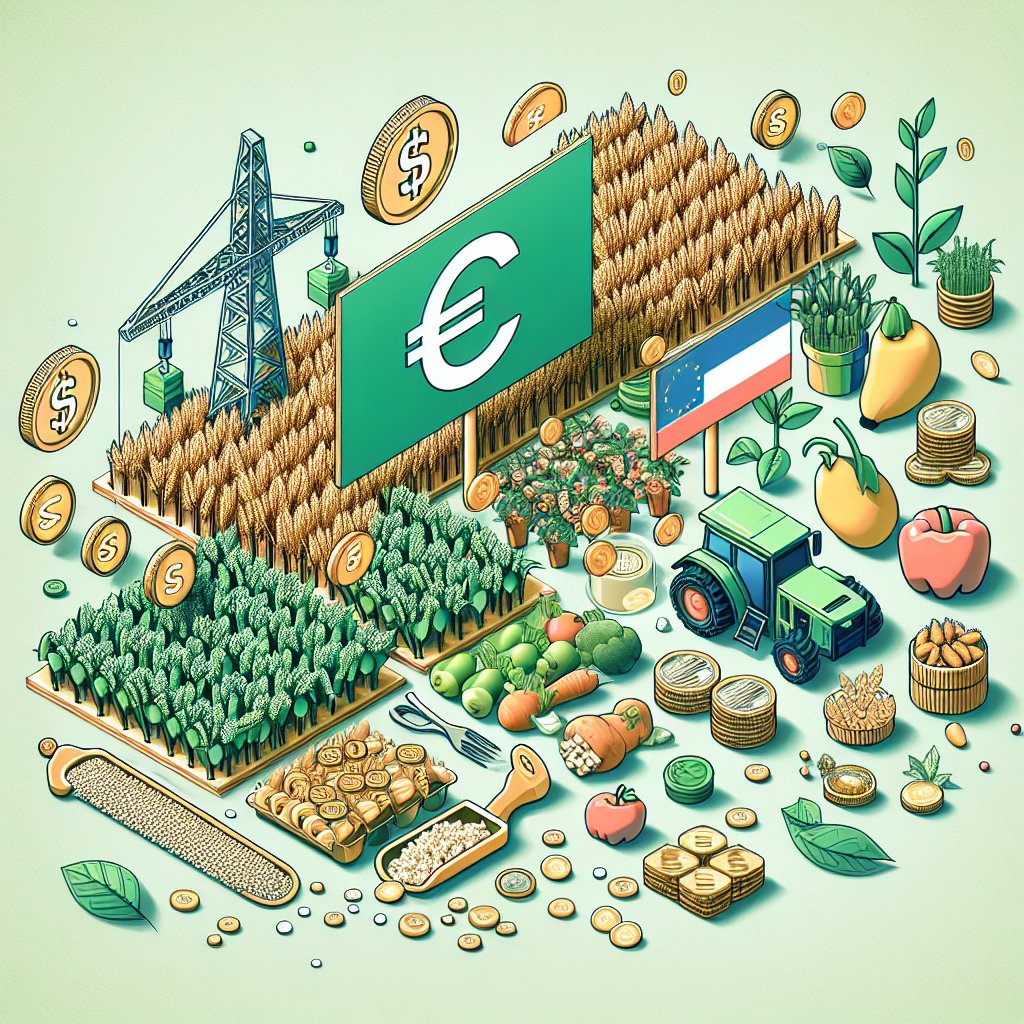The influence of exchange rates on agricultural product prices is a critical topic that affects farmers, consumers, and policymakers alike. As global trade continues to expand, the interconnectedness of economies means that fluctuations in currency values can have significant repercussions on the agricultural sector. This article will explore the mechanisms through which exchange rates impact agricultural prices, the implications for various stakeholders, and potential strategies for mitigating risks associated with currency volatility.
Understanding Exchange Rates and Their Mechanisms
Exchange rates represent the value of one currency in relation to another. They fluctuate based on a variety of factors, including interest rates, inflation, political stability, and economic performance. For agricultural products, which are often traded internationally, exchange rates play a crucial role in determining the competitiveness of a country’s exports and the cost of imports.
When a country’s currency strengthens against others, its agricultural exports become more expensive for foreign buyers. This can lead to a decrease in demand for those products, ultimately resulting in lower prices for farmers. Conversely, a weaker currency can make exports cheaper and more attractive to international buyers, potentially increasing demand and driving prices up. Understanding these dynamics is essential for stakeholders in the agricultural sector.
Impact on Exporters and Importers
Exporters of agricultural products are particularly sensitive to exchange rate fluctuations. For instance, a strong domestic currency can erode profit margins for farmers who rely on international markets. If a farmer in the United States grows wheat and the U.S. dollar appreciates against the euro, European buyers may turn to cheaper alternatives from countries with weaker currencies, such as Russia or Ukraine. This shift can lead to oversupply in the domestic market, driving prices down and affecting farmers’ incomes.
On the other hand, importers of agricultural products benefit from a strong domestic currency. For example, if a country imports a significant amount of soybeans and its currency appreciates, the cost of purchasing those soybeans in foreign markets decreases. This can lead to lower prices for consumers but may also put pressure on domestic producers who compete with imported goods.
Price Volatility and Risk Management
Price volatility in agricultural markets is a significant concern for farmers and agribusinesses. Exchange rate fluctuations can contribute to this volatility, making it challenging for producers to plan and budget effectively. To mitigate these risks, many stakeholders employ various risk management strategies.
- Hedging: Farmers and exporters can use financial instruments such as futures contracts to lock in prices and protect against adverse currency movements.
- Diversification: By diversifying their product offerings and markets, farmers can reduce their reliance on any single currency or market, thereby spreading risk.
- Market Research: Staying informed about global economic trends and currency forecasts can help farmers make more informed decisions about when to sell their products.
The Role of Government and Policy
Governments play a crucial role in managing the impact of exchange rates on agricultural prices. Policies aimed at stabilizing currency values can help mitigate the adverse effects of volatility on the agricultural sector. Central banks may intervene in foreign exchange markets to influence currency values, while trade agreements can also play a role in ensuring fair competition for domestic producers.
Subsidies and Support Programs
Many governments provide subsidies and support programs to help farmers cope with the challenges posed by fluctuating exchange rates. These programs can take various forms, including direct financial assistance, crop insurance, and access to low-interest loans. By providing a safety net, governments can help ensure that farmers remain viable even in the face of currency-related challenges.
Trade Agreements and International Cooperation
Trade agreements can also help stabilize agricultural markets by reducing tariffs and promoting fair competition. By fostering international cooperation, countries can work together to address the challenges posed by exchange rate fluctuations. For example, regional trade agreements can create a more stable trading environment, allowing farmers to access new markets and reduce their exposure to currency risk.
Conclusion
The influence of exchange rates on agricultural product prices is a complex and multifaceted issue that requires careful consideration from all stakeholders involved. Farmers, exporters, importers, and policymakers must work together to navigate the challenges posed by currency fluctuations. By understanding the mechanisms at play and employing effective risk management strategies, the agricultural sector can better adapt to the ever-changing global economic landscape.
As the world becomes increasingly interconnected, the importance of monitoring exchange rates and their impact on agricultural prices will only grow. By fostering collaboration and implementing sound policies, we can help ensure a stable and prosperous future for the agricultural sector, benefiting farmers and consumers alike.




